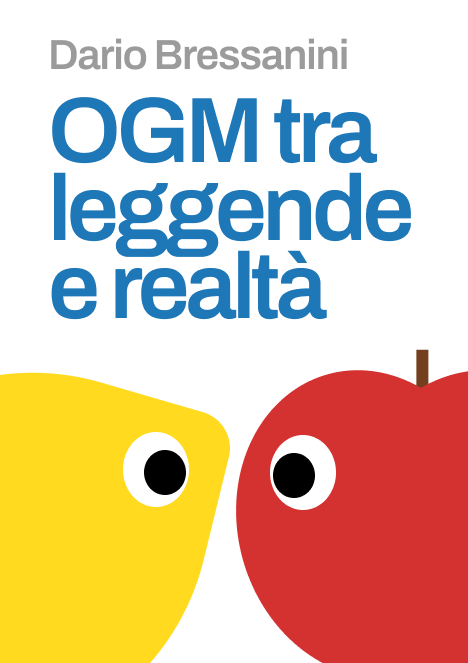
OGM tra leggende e realtà
13min
In his book, GMOs – The Myths And Facts: Discovering Genetic Modifications in The Food We Eat, Dario Bressanini aims to redefine the meaning of the term GMO by exploring the history of this innovative technique. GMOs are mostly used in agriculture and are potentially able to solve many of the world’s serious food problems. Today, they provide an opportunity for the future, and with the introduction of biotechnology, are able to create plants that are resistant to insects, viruses, and weeds. This is extremely beneficial for farmers, and reduces the use of pesticides, insecticides, herbicides, and other chemicals which have a harmful impact both on the environment and the economy. Bressanini takes the reader through the real potential impact of GMO technology in an attempt to dispel the common misconception that GMOs are harmful to human health.
read more
read less